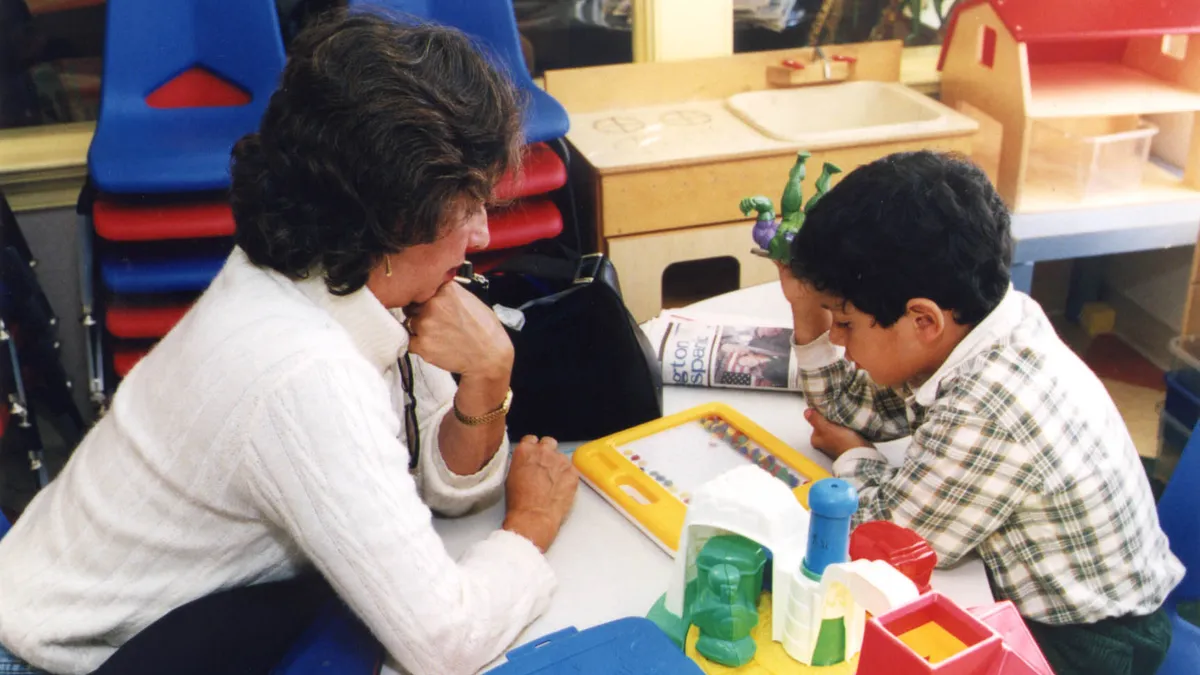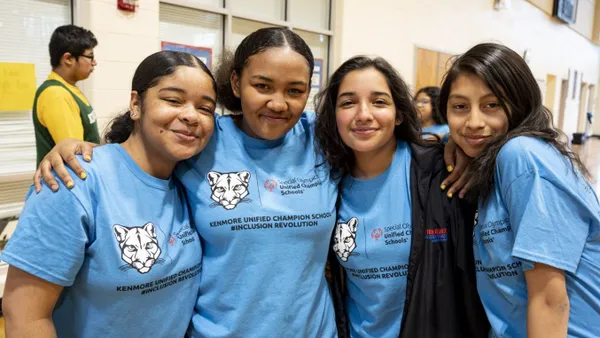The following is a contributed post by Gabriella Rowe, Head of School of The Village School in Houston.
Do we ask our students to say “please” and “thank you” to be polite, or to demonstrate respect for others? Do we tell them to wait for their turn to speak so they learn self-control or to teach them to be good and active listeners? While the action on the part of the child is the same in both instances, the embedded lessons are different. The first is manners-focused: Am I showing my best self to the world? The second is focusing on others: Am I thinking about the needs of others?
Recently, a parent survey found two-thirds of respondents felt “the world is an unkind place for my child.” As a head of school and mother of two, I couldn’t help but pause and wonder if I, and my colleagues and peers, were doing enough to proactively teach kindness in our classrooms.
In truth, kindness is rarely overtly built into curricula or assessment at schools. There are no report cards I’ve seen that have a grade for “kindness” listed side-by-side with math or science. Yet without it, our students will not be prepared to be purposeful adults. In today’s world, which can be so unkind, are we supporting the development of empathetic men and women, who work toward the greater good and not just for themselves?
To help schools ensure that compassion and understanding become a meaningful part of our students’ lives, I’ve listed below five principles for kindness.
- Define kindness: Surveys, and my anecdotal research, find that children, parents and educators use several words to describe kindness: empathy, helping, manners. Before cultivating a culture of kindness and the programs that stem from it, it is imperative that schools’ faculty and staff collaborate to create a single definition that can be reiterated throughout the students’ time at the school, and shared out to our communities.
- Embrace outside influences: We cannot ignore or fully protect our students from outside influences – no matter how ugly they may be. Educators have a responsibility to use current events to talk with students and teach them about incorporating kindness and empathy into all situations.
- Practice self-discipline/mindfulness: In an era where our personal lives can be displayed on social media, it’s imperative to carefully consider what we are saying and doing. Not only should we teach children about social cues and norms, like displaying appropriate body language or correctly identifying the cause of a behavior, we must teach our children how to respond.
- Serve others: Empathy is a two-way street and requires cooperation and agreement across multiple parties. A culture of kindness is not just doing service for others, but with others.
- Here’s a wonderful example of this that I share frequently: Last year during a track meet, one of our student athletes, Eduardo, suffered from dehydration and was about to collapse. In an incredible display of empathy, his teammate Marco carried Eduardo over the finish line – showing that a culture of kindness isn’t about personal records or glory, but about a set of attitudes and beliefs that develop character.
- Involve parents: Educators teach kindness in the classroom, but those lessons must be reinforced at home. As we teach our children to be good people, I encourage parents to ask questions each day or week that make their children feel safe when exploring feelings. Harvard’s “Making Caring Common Project” suggests questions like:
- What did you learn today that was interesting?
- What was the hardest part of your day?
- Do you have a friend that you especially respect? Why?
As educators, our No. 1 job is to ensure our students are prepared to succeed in the world. Part of that includes helping them become purposeful adults who truly understand their impact on others. The ideas above are meant to serve as guidelines to cultivate a culture in the classroom where students still learn core subjects like history and math, but also begin to understand the necessity of being kind.












